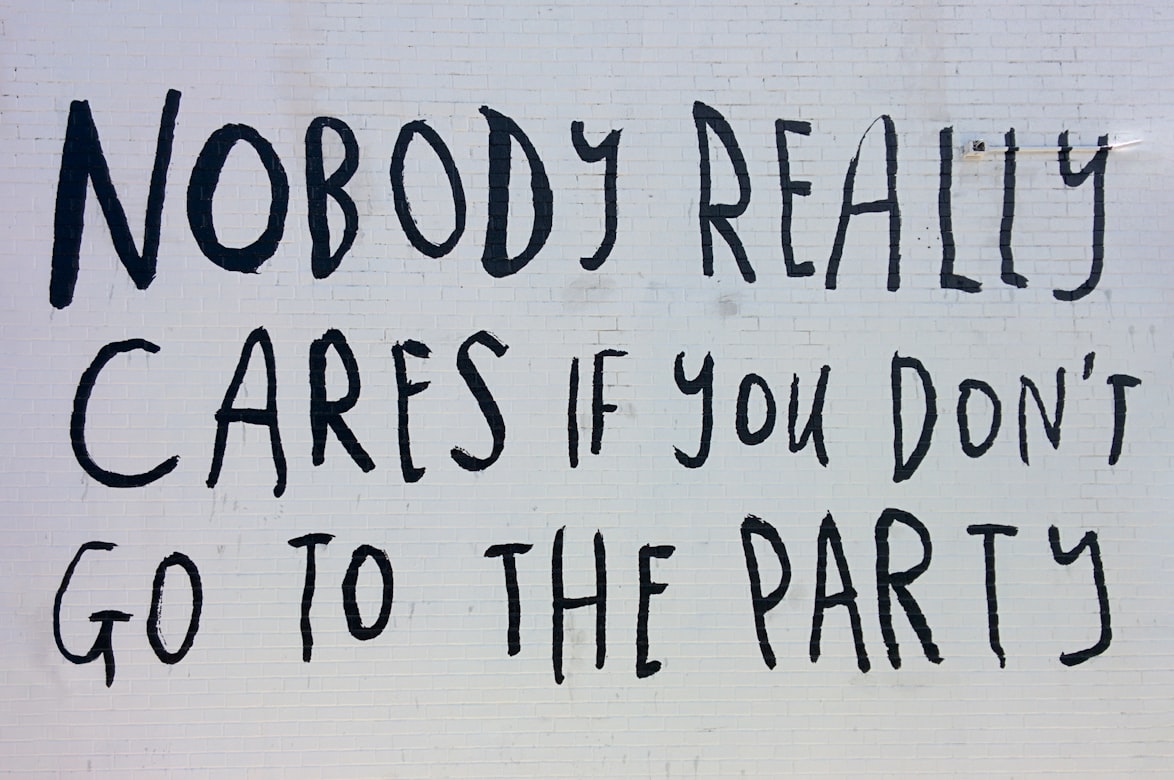This post is also available in Dutch.
Have you ever turned down an invite to a party only to later regret your decision by assuming that your friends who went had the greatest time in their lives? Or on the contrary, have you ever been to a party, only to suddenly realize that you should have rather stayed back home and worked towards finishing that deadline? Well, FOMO may be the devil at play here.
What is FOMO?
The Fear of Missing Out (FOMO), refers to feeling anxious, unhappy, and left out of activities or events that others are participating in. This unpleasant feeling is derived from the prediction that certain events that one is not experiencing, and others are, are fulfilling and profitable. FOMO can not only be felt while missing out on social occasions like parties but also when missing out on opportunities like investing in a particular stock or staying away from a delicious dessert.
The term FOMO was first coined in 2004 by venture capitalist and author Patrick McGinnis. But there are examples of FOMO which can be dated back to the era of the Roman Empire. The Roman statesman Marcus Tullius Cicero had arranged for letters to be addressed to him whenever he left the capital containing all the political happenings, scandals, and gossip so that he never missed out on any news or happenings.
Neuroscience behind FOMO
FOMO can be explained from the perspective of neuroscience in a straightforward way. The brain is essentially a predicting machine. This includes predicting the dopamine secretion that may occur if one indulges in experiences that others are indulging in and enjoying. Dopamine is a neurotransmitter released in our brains when we experience something rewarding or pleasurable. Thus, FOMO is an outcome of the brain working as a prediction machine. Since this is a mechanism hardwired in the brain, one may argue that we can never get rid of FOMO.
FOMO to JOMO
It’s a common belief that excessive social media use leads to more FOMO. While social media does facilitate FOMO. It has been shown that people who refrain from using social media also experience FOMO too. So, are we really helpless in getting rid of FOMO? Maybe a change in perspective can help in this situation. For instance, one should know that the pictures of people having “the time of their life” on social media are just a small representation of their time. They still go through the mundane activities in their lives like doing basic chores.

Activities like practicing mindfulness and gratitude can be helpful to facilitate a change in outlook. The aim of this change should be to migrate towards turning FOMO into JOMO i.e., the joy of missing out. The point is, that we may not “not feel” that we are missing out on something but instead of fearing it we can feel joyous or content about it by being present in the current moment, paying attention to our priorities and learning to say ‘no’. Finally, it should also be noted that such a change in mindset is not an overnight process but a gradual transition.
Author: Siddharth Chaturvedi
Buddy: Francesca Abela
Editor: Felix Klaassen
Translation: Wessel Hieselaar
Editor translation: Marlijn ter Bekke
Picture Credits: Anthony DELANOIX on Unsplash
